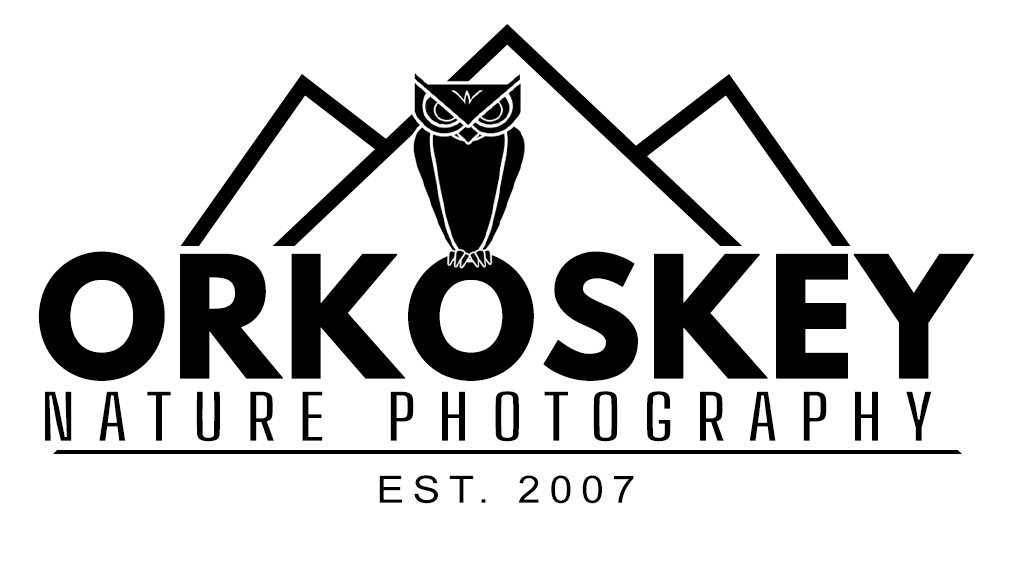Phipps Permaculture Design Course
I did it – I’ve become a Certified Permaculture Designer through Phipps Permaculture Design Course. What is a Permaculture Design Course? In a nutshell permaculture design is a set of principals that apply ecological methodology to solve problems in a less energy intensive ways through finding and replicating natural patterns, creating feedback loops, reducing or eliminating waste, and by building self-sustaining or even abundance generating systems.
To receive my certificate I was placed into a group with 3 other truly amazing people and tasked with designing a system for Phipps that was both aesthetically pleasing and functional while at the same time was as low maintenance and low cost as possible. Our design was completed in only a few weeks so while it is fully functional and could be implemented as is there are probably points that could be improved if we were given more time.
Here is a PDF printout of our Power Point.
Permaculture Beyond Ecology
While the project that we designed was a rain garden that would have a positive ecological impact permaculture itself is not confined to ecological design. One of my classmates is applying permaculture to his work with computer system design and I’ve applied the principals to the design of the house my wife and I are planning to build. I’ve also used the principals of permaculture to help me design websites and in my work in Childhood Digital Media.
Permaculture and Digital Media & Learning
 On May 23rd I will be giving a presentation on how the principals of permaculture can be applied to Digital Media and Learning. DML, or the study of DML began when the MacArthur Foundation set out to determine how digital media is shaping the way kids learn. In Pittsburgh, through the leadership of The Sprout Fund and their partners they’ve developed an affiliation of formal and informal teachers, technologists, artist, media and content producers, and lots of other specialists that make up the Kids and Creativity Network. Sprout provides funding and support to the network via SPARK. As part of this support they host occasional Lunch and Learn sessions.
On May 23rd I will be giving a presentation on how the principals of permaculture can be applied to Digital Media and Learning. DML, or the study of DML began when the MacArthur Foundation set out to determine how digital media is shaping the way kids learn. In Pittsburgh, through the leadership of The Sprout Fund and their partners they’ve developed an affiliation of formal and informal teachers, technologists, artist, media and content producers, and lots of other specialists that make up the Kids and Creativity Network. Sprout provides funding and support to the network via SPARK. As part of this support they host occasional Lunch and Learn sessions.
At the last Lunch and Learn which focused on the national DML conference I began to see a need for the principals of permaculture as a means of minimizing waste, encouraging relationships, and strengthening the efforts of those involved in DML. I opened my big mouth and shared this observation with folks from The Sprout Fund and they asked me to lead a lunch and learn.
In permaculture we’re told to value the margins as this is where the action is. The shoreline of a pond is vastly more bio-diverse than the middle of the pond or the interior of the forest that touches it. At the DML Conference talk I heard the word edges multiple times because those of us there already see value in these margins. It’s naturally understood that when myself and my business partner team up with the Children’s Museum of Pittsburgh the results are far greater than anything we could do on our own.
There were several more ah-ha moments and by the end of the lunch it was beaten into my skull that the principals of permaculture should be applied to DML. Those of us involved with DML should build this system into a self-sustaining platform where our efforts will feed back into themselves and our results will be amplified even as the inputs that we expend, (whether they be financial, labor, or otherwise), are not diminished but are actually replenished through the design of the system. In agriculture that may seem more attainable but it’s in no way out of reach in DML.
If you would like to attend please RSVP to The Sprout Fund so they have enough food and space set aside.
























You must be logged in to post a comment.